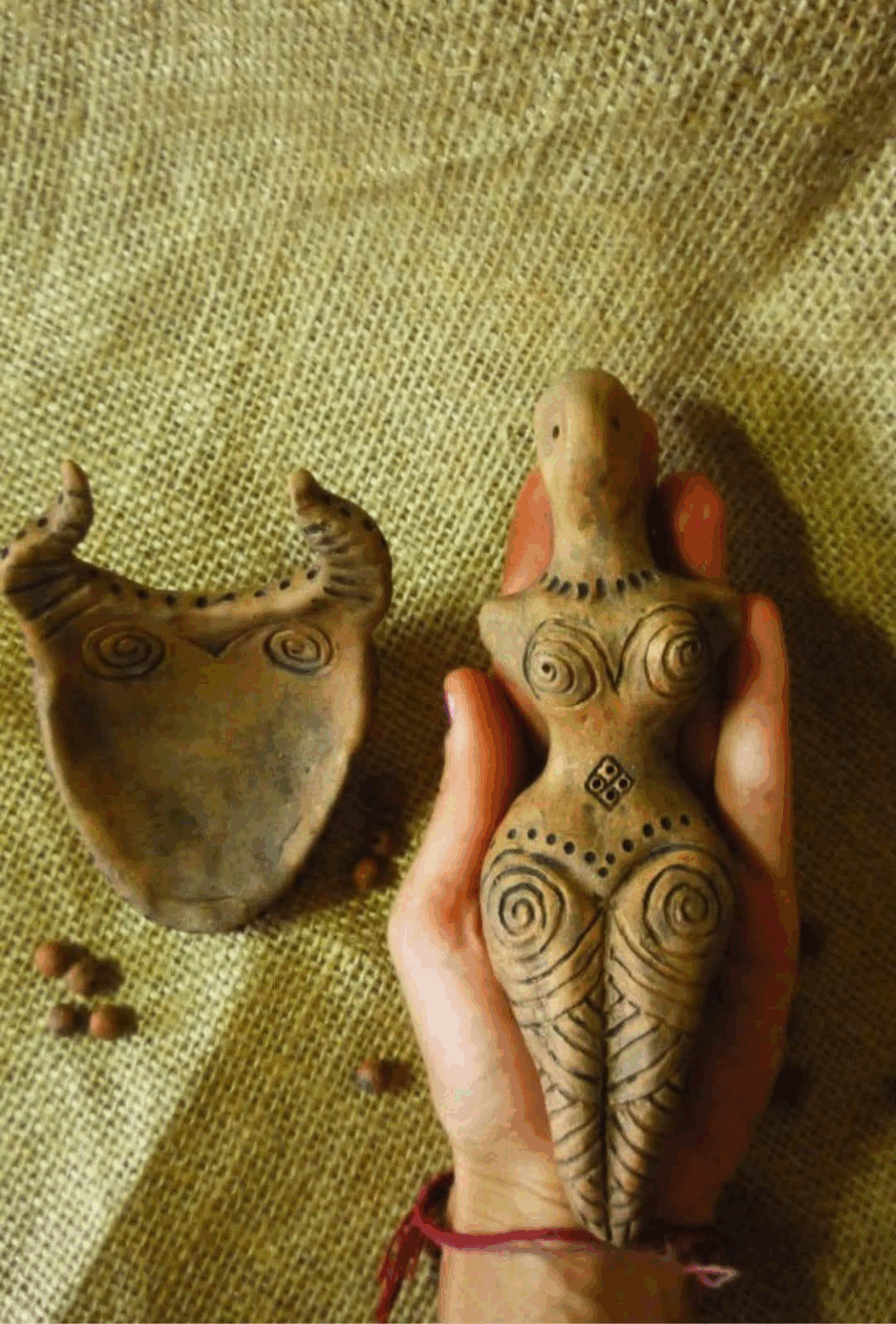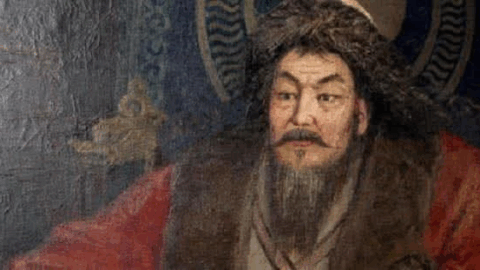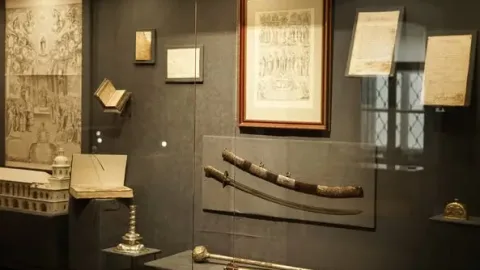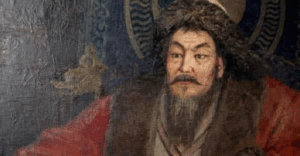A complex DNA test reveals Trypillian genes still present in Ukrainians today – a powerful link connecting modern identity with ancient heritage and national history
American scientists studied the remains of four Trypillian women found in a cave in the Ternopil region, Western Ukraine.
Just imagine: the Egyptian pyramids hadn’t even begun to be built, yet a thriving advanced civilization of the Ancient World already existed on the territory of Ukraine.
In the Cherkasy region, our scientists managed to fully reconstruct a Trypillian dwelling. Researchers are convinced that the Trypilians had a deep knowledge of astronomy. They reached such conclusions while studying the layout of a giant temple found in Nebelivka, in present-day Kirovohrad region.
According to historians, its schematic design resembles the structure of the legendary, though later, Karnak Temple, which was considered the earthly residence of the Egyptian gods.
“The Nebelivka temple is very similar to the later Egyptian Karnak temple. It is oriented exactly to the point where the sun sets on the day of the summer solstice.
The rays of the evening sun pass through a series of gates and corridors into the inner chamber and fall on the altar, making it shine.
The ancient Egyptians called this phenomenon a ‘solar miracle,’” says history researcher and archaeoastronomer Oleksandr Klykavka.
Similar temples likely existed in many Trypillian settlements. The main deity worshiped by the Trypilians was the “Great Mother,” symbolizing fertility and eternal life. During excavations, archaeologists find numerous depictions of her.
The hallmark of Trypillian culture is considered to be its unique painted pottery, unparalleled for its time. It is known and valued by collectors around the world, and modern scientists even see the mysterious Trypillian patterns as the beginnings of writing, so-called pictography.
Interestingly, most of the symbols and patterns seen on Trypillian artifacts are now familiar, but we know them as elements of entirely different cultures that appeared several thousand years after the Trypilians. For example, the Yin-Yang symbol.
Text taken from the page “Encyclopedia of Ukrainian History”
Author: Yulia Petrovska
Tags: ancient DNA archaeogenetics cultural roots ethnogenesis heritage Neolithic Ukraine Trypillian culture ukraine history























